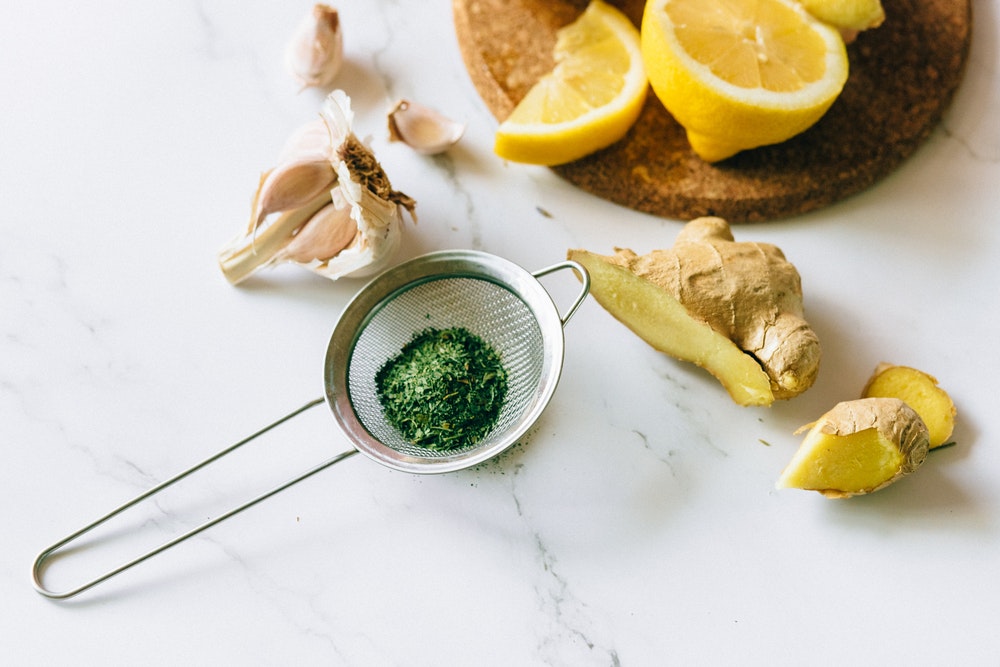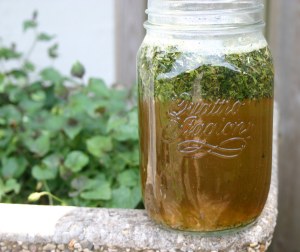Since ancient times herbs have been used and consumed for their medical benefits. Consuming herbs daily may help to prevent health problems, diabetes, and cancer. There are many types of Botanical Medicine available that can help with a number of ailments. The easiest way to have these essential herbs in your house all the time is to grow them in your garden. In this article, we have discussed the top three essential herbs, their history, and the benefits of using them.
1. Echinacea
Belonging to the daisy family, Echinacea is a flowering plant whose big, magenta petals unfurl during summer. It is predominant in eastern and central North America, and its parts (roots, stalk, and leaves) are often used for medicinal purposes.
The Traditional Uses of Echinacea
Traditionally, this herb has been used as a remedy for skin irritation, toothaches, snake bites, arthritis, bowel pain, seizures, and cancer. Nowadays, it’s a home remedy utilized to prevent or alleviate flu and the common cold. Also, it’s commonly used to accelerate wound healing. It is also rich in compounds that are known to alleviate pain and inflammation and also has antiviral and antioxidant properties.
Research also shows that using this herb has the potential to prevent upper respiratory infections. However, these studies are still in the infancy stage and more research is needed to determine the plant’s efficacy in preventing or reducing the duration of a cold.
Preparation
Echinacea can be found in the forms of tea, tincture, and capsule. However, there is no recommended daily intake of the herb. To prepare Echinacea tea:
-Put its contents in a mug
-Boil water and pour about 8 ounces into the mug and allow it to steep for no more than 15 minutes
-Strain to remove the plant contents and serve. You can use stevia, honey, and other natural sweeteners for flavoring.
Considerations
Echinacea is known to be hard on the digestive system, which can lead to stomach upset. According to experts, you should only use the herb on a short-term basis as continuous use can affect both the liver and the immune system.
Before using Echinacea, ensure you consult your doctor as it may also interact with medications, especially those that affect the liver. Also, if you are allergic to herbs in the daisy family, like daisies, marigold, and ragweed, there is a good chance you may be allergic to Echinacea as well.
2. Garlic
Native to central Asia, garlic is a perennial plant famous for its flavorful bulbs. Nowadays, it is grown in almost every part of the globe and it’s valued both for its medical properties and cooking purposes.
The Traditional Uses of Garlic
People have been using garlic for over 4000 years. Traditionally, it has been used to prevent infections, lower blood pressure, treat liver disease, colic, intestinal worms, tuberculosis and alleviate fevers.
Compounds found in garlic are known to have anti-inflammatory, antimicrobial, and anticancer properties. According to studies, it can reduce the risk of stroke, heart attack, and lower blood pressure. It can also be effective in preventing some forms of cancer, particularly colorectal cancer when it’s consumed either raw or cooked.
Preparation
As we all know, garlic can be consumed both raw and cooked. Also, it can be used in powder form to season meats, stews, soups, and vegetables. You will also come across garlic supplements in the form of tinctures, oil, and capsules. The recommended daily dose of garlic varies depending on how you use it. A few examples include:
– Up to five grams of raw, fresh garlic
– Up to 1 gram of dried garlic powder
– Up to five mg of garlic oil
– Up to 2,400 mg of liquid garlic extract
Important Considerations for Garlic Consumption
If you are looking to supplement with garlic for its medicinal properties, it is advisable to consult a healthcare expert first. Garlic is known to increase the risk of bleeding and shouldn’t be consumed if you’re taking blood thinners. For a similar reason, you should take huge doses of garlic before dental procedures or surgery.
3. Ginger
Ginger is a herb with a leafy stem, characterized by yellow-green flowers. It belongs to the Zingiberaceae family and is native to Asia. Ginger is a versatile spice found from the underground stem of the ginger plant and is used all around the world, mainly in foods and beverages.
The Traditional Uses of Ginger
This herb has been used extensively all over the world in numerous traditional medicines. Over 2 millennia ago, it was valued so much for its medicinal properties that a pound was about the same equal to the cost of a sheep.
Ginger was commonly used as a remedy for ailments like pain, nausea, and vomiting. Nowadays, it is classified as a herb, medicine, and food, a distinction it has earned over the centuries.
When it comes to ginger’s medicinal properties, it’s popular for its ability to alleviate nausea. Studies show that ginger helps alleviate nausea and vomiting for pregnant women and those undergoing surgery.
Thanks to the herb’s antioxidant and anti-inflammatory properties, it’s also an effective pain reliever. According to one study, ginger helped alleviate pain and improved mobility in osteoarthritis patients.
Preparation
As earlier mentioned, ginger is a versatile herb that can be used in varying forms including fresh, dried, powdered, candied, and pickled. It tastes peppery and has a strong and spicy smell.
There are many ways to consume ginger, including putting it in your tea. You can buy ginger tea bags at the supermarket or make them at home using fresh ginger. When it comes to consuming fresh ginger, ensure you peel the skin using a vegetable peeler.
Important Considerations
This herb is known to be safe when consumed orally as a dietary supplement and also when used topically on the skin. Its side effects are usually mild and include heartburn, abdominal discomfort, and diarrhea, especially when consumed in huge doses.
Although consuming ginger when pregnant is generally considered safe, it’s best to consult your doctor before using it to alleviate pregnancy-induced nausea or vomiting.






